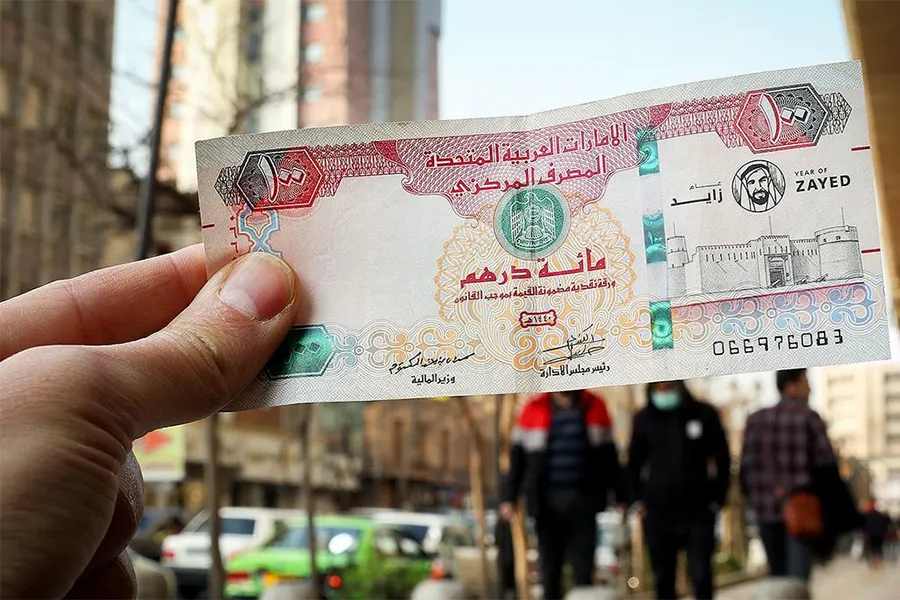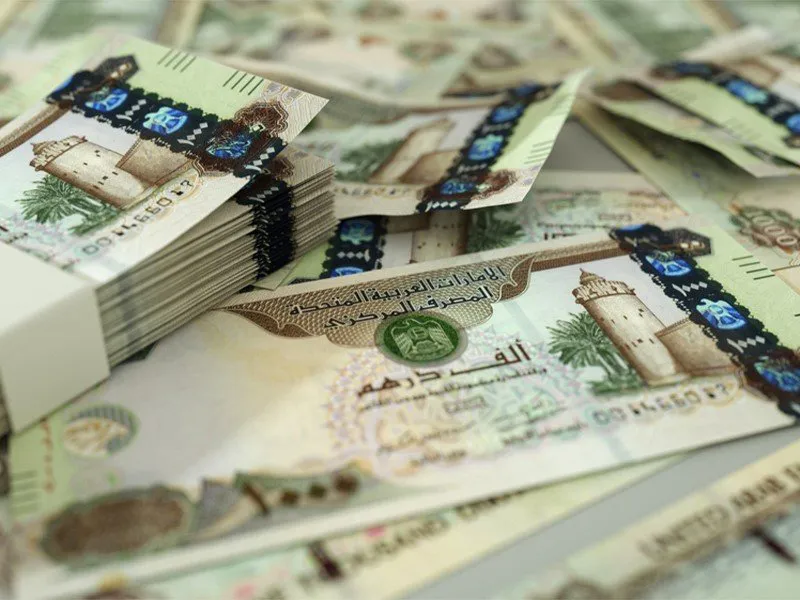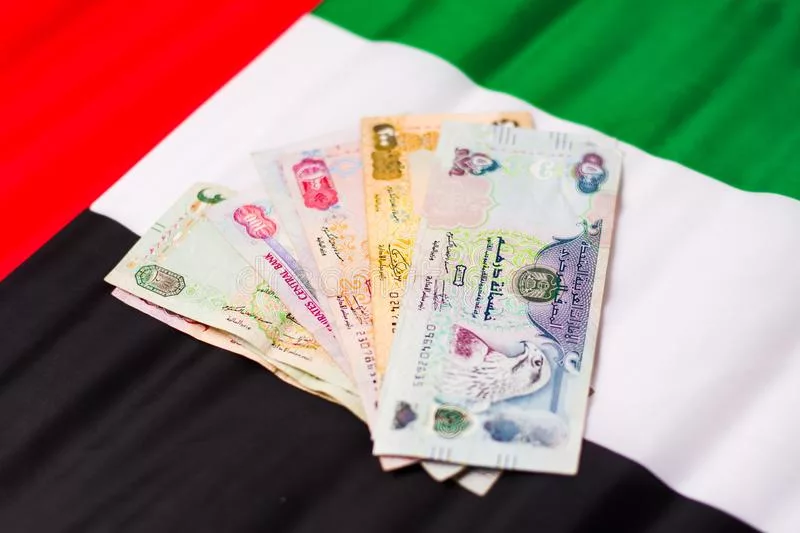Dirham remittance is one of the common methods of transferring money to different countries with the dirham currency, which is used for both personal matters and financial transactions in international trade. Here, we will examine all the important steps and points of the dirham remittance, from the required documents to the costs and various stages of sending the remittance. So, if you are looking for detailed and complete information on making a dirham remittance, stay with us until the end of the article.
What is a dirham remittance?
A dirham remittance is a type of currency remittance that means transferring money with a reasonable fee, high speed and optimal security, from one country to the Gulf countries, especially the United Arab Emirates, in the dirham currency. Currency remittances, which are usually carried out through banking systems or financial service companies and institutions such as exchange offices or reputable online platforms, allow individuals or companies to easily carry out money or currency transfer processes for international trade or for personal matters. This remittance is made in the UAE dirham currency and allows individuals and businesses to easily transfer their cash to different countries online or in person.

Steps to make a dirham remittance to the UAE
To make a dirham remittance to different countries such as the UAE, you need to take the relevant steps and be familiar with the steps so that you can make your currency transfer in the shortest possible time. Despite the various steps, a dirham remittance is a relatively simple process and can be easily done through banks, financial institutions or online platforms. Below we have described the main steps for making a remittance:
- Preparing documents and choosing a remittance method
To make dirham remittances, in the first step, you need to prepare your documents and also determine the appropriate method for sending the remittance. Banks, financial institutions or reputable online platforms have various methods that you can determine one of them to send your remittance, considering factors such as commission fees, transfer time, ease of receiving funds by the recipient, etc. If you need advice, contact our experts at Saina Express.
- Paying the remittance amount
To pay the remittance amount, you must first receive the dirham remittance rate in Iran, which is determined after about 12 noon, and then pay the desired amount to send the remittance. Payment can be made in cash at a bank, financial institution or via bank account or credit card on online platforms. The fee for dirham remittance in different banks and institutions has a different rate and it is necessary to consider this before making the payment.
- Confirmation and sending the remittance
After payment, the entered information is carefully checked and the bank or institution sending the remittance sends the remittance after confirming the information. This process is usually faster in online systems and you can immediately receive confirmation of sending your remittance. Also, in some sending methods, you can receive a tracking number or reference code and through this, you can track the status of your remittance.
- Receiving the money by the recipient
The time it takes for the recipient to receive the money varies depending on factors such as the type of sending method, the country of origin and destination, etc., but it usually reaches the recipient within a few hours or a maximum of a few business days. The recipient can receive the money in cash from the destination bank or financial institution or transfer it to his bank account. The recipient must also bring and present identification documents or other documents required by the bank or money transfer institution when receiving the money.
- Tracking and resolving possible problems
If the recipient has not received the money on time or there is a problem with the remittance, you can use the tracking number or reference code to track the status of your remittance. Also, some institutions and banks have provided support services to resolve problems and questions for their customers, and if any problems arise with the remittance, you can immediately contact the sending institution or bank and resolve the problem.

Documents required for making a money transfer
Making a money transfer requires different documents for each transfer method. However, the documents that are generally required to verify the identity of individuals or companies are:
- A valid contact number
- A copy of the national ID card or ID card
- A transfer code or tracking number
- A completed money transfer request form
- The name of the bank and the account number of the money transfer sender
- Personal information of the money transfer sender (name and surname, passport and address)
- Personal information of the money transfer recipient (name and surname, bank account number and address)
- Documents such as a business license, business card and company articles of association for companies and legal entities
How much does it cost to send a dirham remittance?
The cost of sending a dirham remittance includes the sending fee, currency conversion rate, additional fees related to the processing of the remittance, etc., and usually does not have an exact and specific amount. In fact, the cost of sending a dirham remittance varies depending on the type of transaction, the type of bank or financial institution, the amount of the remittance, the destination country, etc. In addition, the currency conversion rate is another factor that affects the overall cost of a dirham remittance, because this rate is usually slightly higher than the market rate.
Before making a remittance, it is better to check all the costs and rates to choose the most suitable option according to your circumstances. Finally, choosing a reputable institution such as the international agency Saina Express or a suitable bank can help you make your dirham remittance at the lowest cost and in the fastest time possible.
Conclusion
Finally, dirham remittance is a safe and fast way to send money to the Gulf countries, especially the UAE, and is a suitable choice for individuals and businesses that need to carry out foreign exchange transactions. To make a dirham remittance, all you need to do is prepare the required documents and, while reviewing the various remittance fees and rates, choose the appropriate method of sending the remittance.

